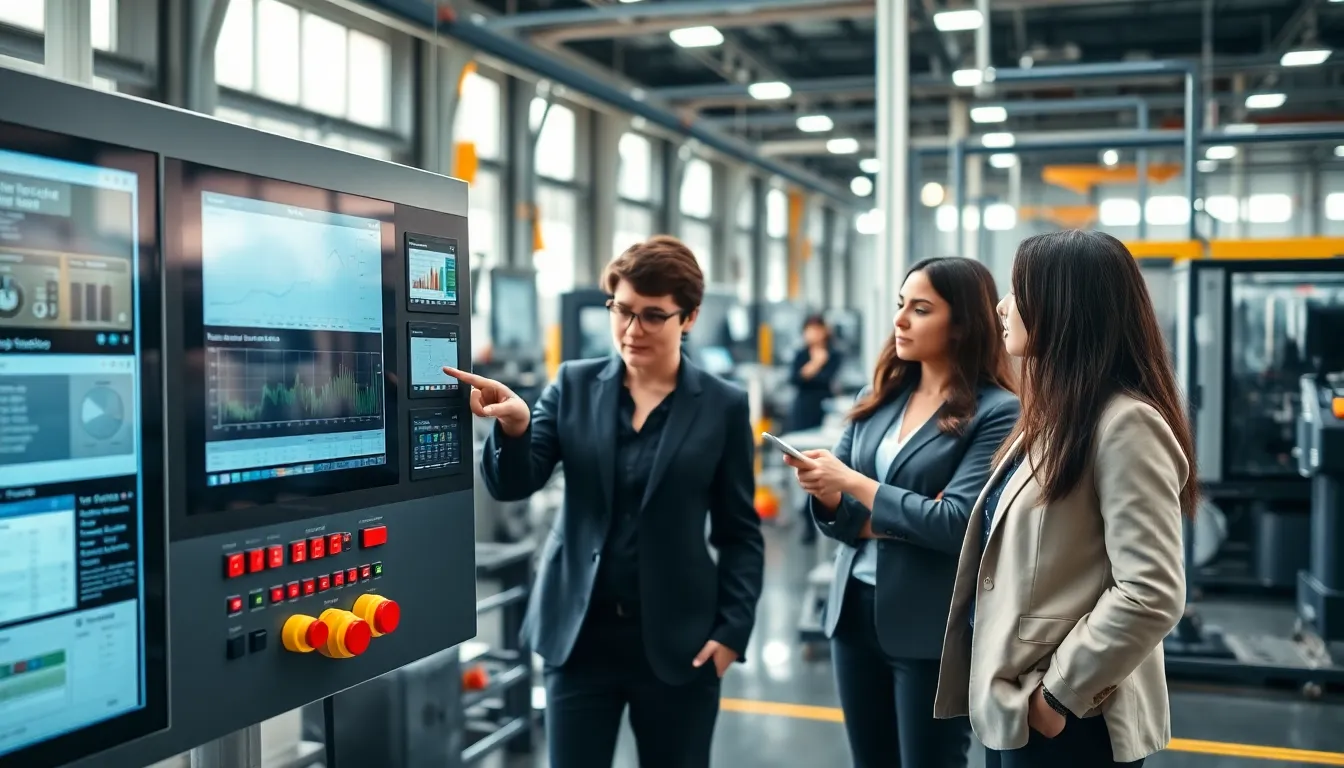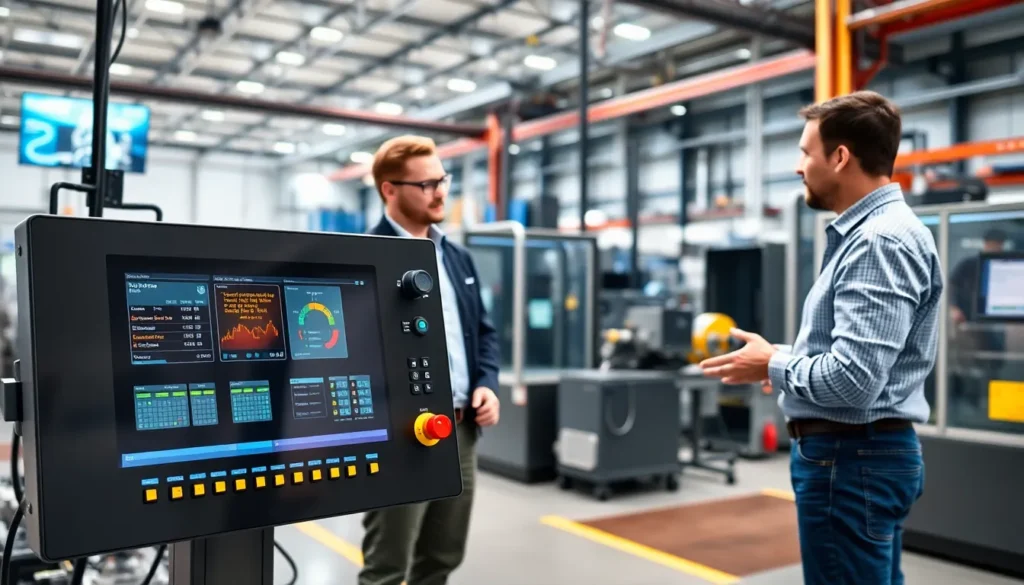Imagine a world where machines obey commands without a hitch, turning operation chaos into orchestrated harmony. Automation control panels are the unsung heroes behind this sweet symphony of efficiency. They manage processes, optimize performances, and might just save you from pulling your hair out over technical glitches. In this text, we will dig into the ins and outs of automation control panels, what they are, their essential components, their benefits, and how they are revolutionizing various industries, all served with a side of wit. Buckle up: it’s going to be an enlightening ride.
Table of Contents
ToggleWhat Are Automation Control Panels?

Automation control panels act like the brain in a complex machine: they are the central hub for managing and controlling various automated processes. Essentially, they house the hardware and software that allow operators to monitor and control equipment in real time. Picture them as the dashboard in your car, but instead of monitoring speed and fuel, they keep a watchful eye on machinery, ensuring that everything runs smoothly.
These panels combine buttons, switches, indicator lights, and sometimes touch screens to allow operators to interact with machinery easily. They can be found in countless environments, from factories and water treatment plants to commercial buildings and renewable energy systems.
Key Components of Automation Control Panels
Diving into the details, several crucial components make up an automation control panel. Here are the major players:
- Microcontrollers: The brains of the operation, microcontrollers process inputs from sensors and make decisions based on pre-programmed conditions.
- Relays: These are electrically operated switches that allow high-voltage circuits to be controlled by low-voltage signals. They act as gatekeepers, ensuring only the right signals get through.
- Power Supply: A reliable power supply keeps everything running. Automation control panels typically contain transformers or DC-DC converters to stabilize and distribute power effectively.
- Sensors: These components are critical for collecting real-time data about the environment or system being monitored, ensuring the control panel has up-to-date information.
- Communication Devices: These help the control panel maintain communication with other systems and devices. They can include wired communications like RS-485 or wireless options like Wi-Fi and Bluetooth.
Benefits of Using Automation Control Panels
The benefits of incorporating automation control panels into operations are as diverse as the machines they manage. Here are some standout advantages:
- Enhanced Efficiency: With automated control, processes that used to take hours can be completed in minutes, translating to time and cost savings.
- Improved Accuracy: Humans can be prone to error: automation reduces the chances of mistakes in monitoring and data collection, so ensuring more consistent results.
- Real-Time Monitoring: Operators can view real-time data and respond instantly to any abnormalities, almost like having a superpower for troubleshooting.
- Customization Options: These panels can be configured to meet specific operational needs, providing businesses with tailored solutions for unique challenges.
Types of Automation Control Panels
Automation control panels come in various types, each designed for specific applications. Understanding these types can simplify the selection process:
- Industrial Control Panels: These are built to manage machinery in harsh environments typical in manufacturing settings. They prioritize durability and reliability.
- Commercial Control Panels: Found in commercial buildings, they focus on HVAC systems, lighting, and energy management, allowing for efficient environmental control.
- Process Control Panels: Designed for chemical, oil, or gas industries, these panels manage processes with high precision while ensuring compliance with safety standards.
Design Considerations for Automation Control Panels
When it comes to designing automation control panels, several critical factors play a role:
- User Interface: A clear, intuitive interface is vital. Operators need to navigate quickly, so designs should minimize confusion.
- Safety Standards: Ensuring compliance with local and international standards keeps operators safe and avoids legal headaches. Panels should include emergency shut-off systems and indicators that enhance operational safety.
- Future Scalability: As industries evolve, so do their needs. Designing panels that can adapt to future expansions or upgrades can save time and resources down the road.
Implementing Automation Control Panels in Different Industries
Automation control panels have found their place across various industries, each reaping unique benefits.
- Manufacturing: Here, control panels streamline assembly lines and enhance production capabilities, reducing costs and increasing output.
- Water Treatment Plants: Automation ensures consistent water quality by enabling real-time monitoring of various chemical processes.
- Energy Sector: With the rise of renewable energy sources, these panels help in managing grid connections and optimizing energy distribution.
Future Trends in Automation Control Panels
The future of automation control panels is as exciting as it is transformative. Here are some trends shaping their evolution:
- Internet of Things (IoT): The integration of IoT technologies is likely to revolutionize the capabilities of control panels, allowing for even smarter monitoring and control functions.
- Artificial Intelligence: AI can enhance predictive maintenance by analyzing data trends and predicting equipment failures before they happen, an engineer’s dream.
- Cloud Computing: By leveraging cloud technologies, companies can store and access data remotely, allowing for seamless integration across facilities, no matter where they are located.






